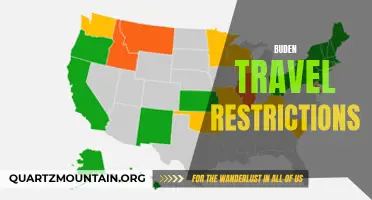
Are you planning an adventurous rafting trip? Whether you're embarking on a wild whitewater journey or a more leisurely float down the river, it's crucial to have the right gear to ensure a safe and enjoyable experience. In this guide, we will explore the essential items to pack on a rafting trip, from safety equipment to camping gear. So buckle up (or rather, buckle on your life jacket) and get ready to dive into the world of rafting essentials!
What You'll Learn
- What essential items should I pack for a rafting trip?
- Are there any specific clothing items I should bring for a rafting adventure?
- What safety equipment should I include in my packing list for a rafting trip?
- Are there any special items or equipment I should bring for camping on a multi-day rafting trip?
- Are there any additional items I should consider packing for a rafting trip, such as snacks or entertainment?

What essential items should I pack for a rafting trip?
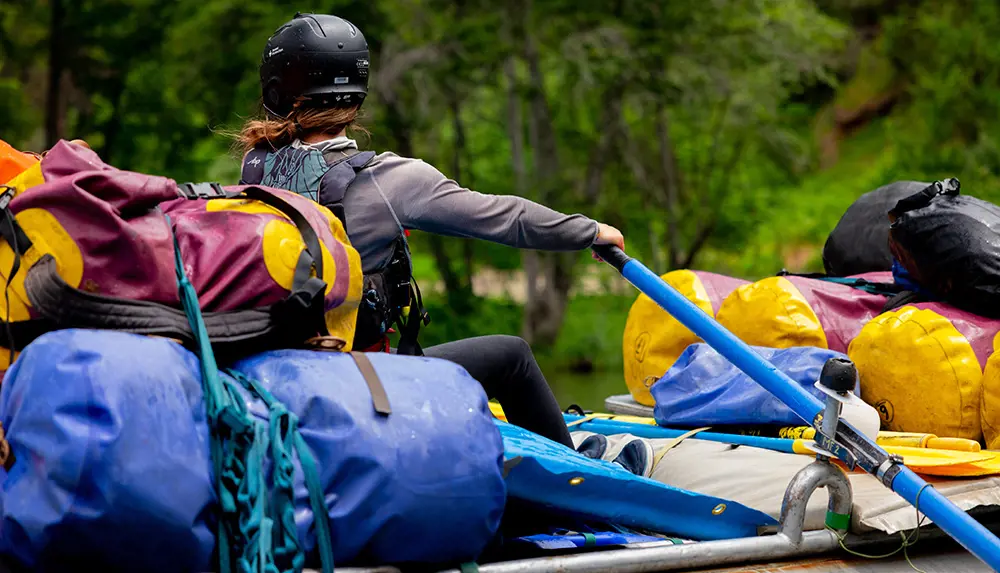
Rafting trips are adventurous and exhilarating, but they also require careful planning and preparation. Whether you are embarking on a short day trip or a multi-day expedition, it is crucial to pack the right gear and essentials to ensure a safe and enjoyable experience. In this article, we will discuss the essential items you should pack for a rafting trip.
- Personal Flotation Device (PFD): A PFD is probably the most important item to pack for a rafting trip. It is designed to keep you afloat in case you fall into the water. Make sure to choose a PFD that fits you properly and has a high buoyancy rating. It is advisable to wear your PFD at all times when on the water.
- Helmet: A helmet is another essential item that should always be worn during a rafting trip. It provides protection for your head in case of collisions with rocks or other obstacles. Look for a helmet specifically designed for whitewater rafting with a snug fit and proper padding.
- Clothing: When it comes to clothing, it is important to dress for the water temperature and weather conditions. Wear quick-drying clothes made from synthetic materials or wool to stay warm even when wet. Avoid cotton as it retains moisture and can make you feel cold. Pack a wetsuit or a drysuit for colder temperatures.
- Footwear: Proper footwear is crucial to ensure good traction and protection. Invest in a pair of neoprene booties or river shoes that will keep your feet comfortable, warm, and protected from rocks and debris. Avoid wearing flip-flops or sandals as they can easily come off and provide little support.
- Sun Protection: Rafting trips often involve long hours under the sun. Protect your skin by wearing sunscreen with a high SPF, a wide-brimmed hat to shield your face from the sun, and sunglasses with UV protection to reduce glare from the water. Consider using a waterproof sunscreen to ensure it stays on even when you get wet.
- Dry Bag: A dry bag is essential for keeping your personal belongings dry during the trip. Choose a high-quality dry bag that is large enough to fit your essentials, such as a change of clothes, food, and a camera. Ensure the dry bag is properly sealed to prevent any water from seeping in.
- First Aid Kit: Accidents can happen even on the safest of rafting trips. Carry a well-stocked first aid kit that includes bandages, antiseptic ointment, pain relievers, and any necessary medication you may require. It is also a good idea to have a basic knowledge of first aid procedures.
- Water and Snacks: Staying hydrated and energized is crucial during a rafting trip. Pack plenty of water in a reusable water bottle or hydration pack. Carry energy-rich snacks such as granola bars, trail mix, or dried fruit to keep your energy levels up throughout the day.
- Communication Devices: While most rafting trips take you away from civilization, it is still important to have a way to communicate in case of emergencies. A waterproof and floatable two-way radio or a personal locator beacon (PLB) can be lifesaving in a critical situation.
- Camera: Capture your rafting adventure with a waterproof camera or a GoPro. These devices are designed to withstand water and capture high-quality photos and videos, allowing you to relive your memorable moments on the water.
Remember, this list is not exhaustive, and it is important to consider the specific requirements of your rafting trip. Check with your rafting guide or outfitter for any additional items they recommend bringing. By packing these essential items, you will be well-prepared to enjoy a safe and thrilling rafting trip.
Essential Items to Pack in Your Lunch Box for a Nutritious and Delicious Meal
You may want to see also

Are there any specific clothing items I should bring for a rafting adventure?
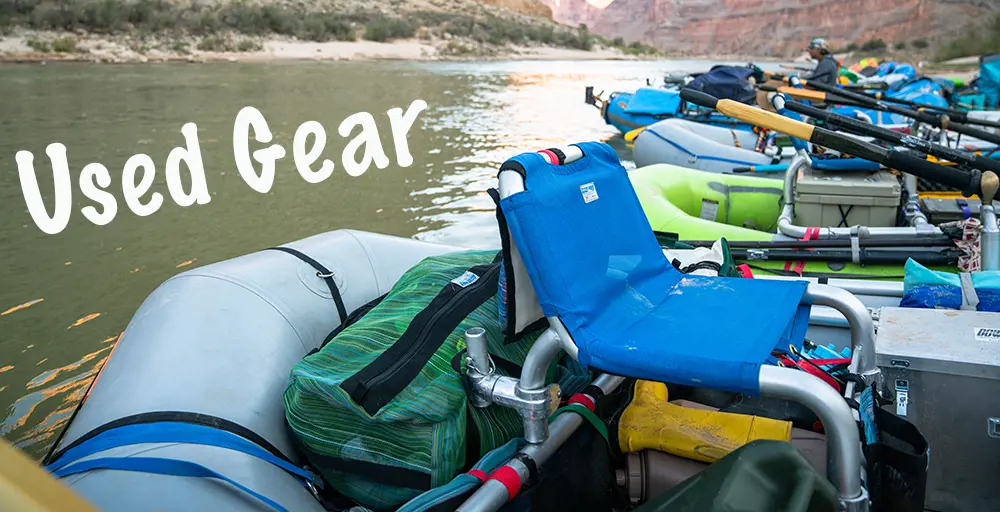
Rafting is an exhilarating outdoor activity that allows you to navigate through rapids and experience the power of a river. However, to ensure a safe and enjoyable experience, it is important to dress appropriately for your rafting adventure. In this article, we will discuss the specific clothing items you should bring for a rafting excursion.
- Swimwear: Since you will be surrounded by water throughout the rafting trip, it is essential to wear swimwear that is comfortable and allows for freedom of movement. Opt for a swimsuit or board shorts that are made of quick-drying materials to avoid discomfort from wet clothing.
- Rash Guard or Water Shirt: To protect your skin from the sun and potential scrapes or cuts, consider wearing a rash guard or water shirt. These shirts are made from lightweight and breathable materials that provide sun protection and reduce the friction between your skin and the raft.
- Wetsuit or Neoprene Layers: Depending on the location and water temperature, wearing a wetsuit or neoprene layers can help regulate your body temperature and keep you warm during the rafting adventure. These materials help to trap and retain body heat, allowing you to stay comfortable in colder waters.
- Water Shoes or Sandals: When it comes to footwear, it is essential to wear water shoes or sandals that provide traction and protect your feet from rocks and other hazards in the water. Look for shoes with a sturdy sole and a design that allows the water to flow out easily.
- Sun Hat: Since you will be exposed to the sun for an extended period during your rafting adventure, it is important to wear a sun hat that provides shade for your face, neck, and ears. Consider a hat with a wide brim to offer maximum sun protection.
- Sunglasses: Protect your eyes from the sun's glare and potential splashes by wearing sunglasses with UV protection. Look for sunglasses that have a strap to keep them secure during the rafting trip.
- Waterproof Jacket: Depending on the weather conditions, bringing a waterproof jacket along can be useful to protect yourself from rain or splashes of water during the rafting excursion. Look for a jacket that is lightweight, breathable, and has adjustable cuffs and a hood.
- Dry Bag: To keep your personal belongings, such as your phone, wallet, and camera, safe and dry during the rafting adventure, consider bringing a dry bag. These bags are waterproof and provide a secure storage solution for your valuables.
Overall, dressing appropriately for a rafting adventure is crucial to ensure your safety and comfort. By wearing swimwear, rash guards or water shirts, wetsuits or neoprene layers (if necessary), water shoes or sandals, sun hat, sunglasses, waterproof jacket, and using a dry bag, you can fully enjoy your rafting experience without worrying about your clothing or personal belongings. Remember to check the specific requirements or recommendations of the rafting company or guide you will be going with, as they may have additional suggestions based on the location and duration of the trip.
Essential Items to Pack for an Unforgettable Club Med Cancun Vacation
You may want to see also

What safety equipment should I include in my packing list for a rafting trip?
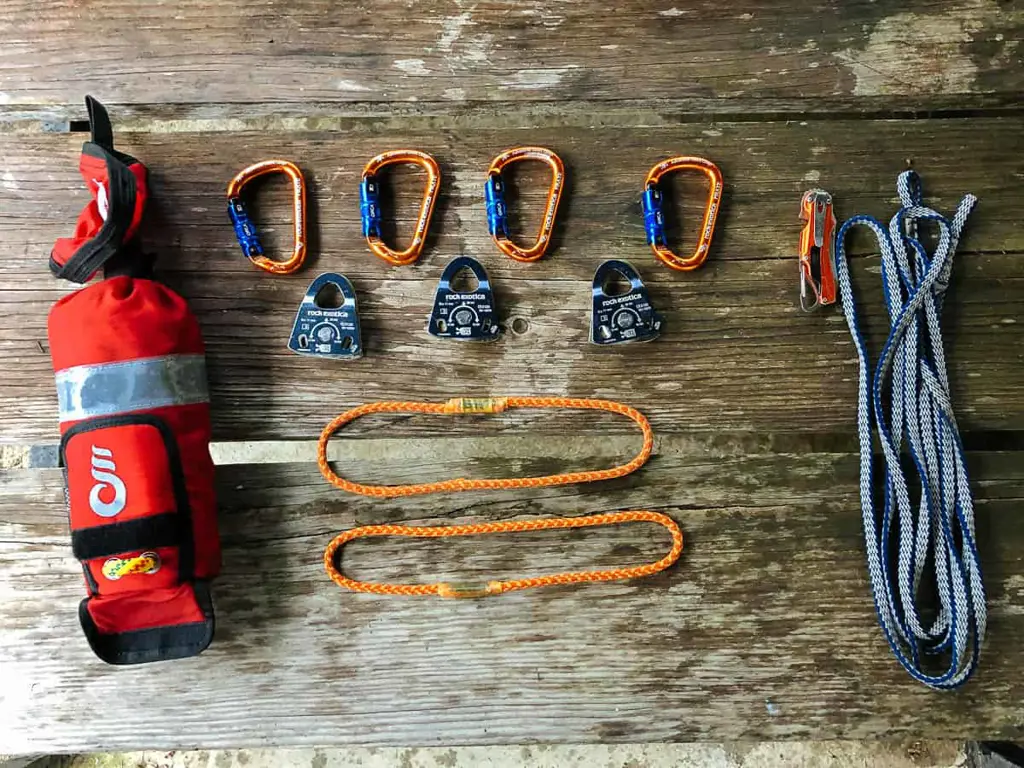
When embarking on a rafting trip, it's important to prioritize safety by ensuring you have the appropriate equipment. Rafting can be an exhilarating and enjoyable experience, but it also comes with inherent risks. By having the right gear, you can minimize these risks and ensure a safe and enjoyable journey. Here is a list of essential safety equipment that you should include in your packing list for a rafting trip:
Personal Flotation Devices (PFDs) or Life Jackets:
PFDs are the most crucial piece of safety gear when it comes to rafting. They are designed to keep you afloat if you fall into the water. Look for PFDs that are specifically designed for whitewater rafting and ensure they fit properly. Each person on the raft should have their own PFD that fits snugly and is fastened securely.
Helmets:
Helmets are another critical piece of safety equipment for rafting. They protect your head from potential impacts with rocks or other objects in the water. Look for helmets that meet industry safety standards and have a secure strap system. Make sure the helmet fits properly and covers the entire head, including the forehead and back of the head.
Wetsuits or Drysuits:
The choice between a wetsuit or a drysuit depends on the water temperature. In colder conditions, a drysuit is recommended as it provides better insulation and keeps you dry. Wetsuits are suitable for warmer conditions as they allow a thin layer of water to warm against your body. The right choice of insulation will help prevent hypothermia in case of an unexpected swim.
Footwear:
Invest in a pair of sturdy water shoes or river sandals. These will protect your feet from rocks and provide good traction when walking on slippery surfaces. Avoid wearing flip-flops or any open-toed shoes, as they can easily come off and offer minimal protection.
Throw Bags:
A throw bag is an essential rescue tool. It consists of a bag with a rope inside, which can be thrown to someone in need of assistance. Throw bags are used to perform swiftwater rescues and can be a vital piece of equipment in case someone falls overboard or gets stuck in a strainer (an obstacle that allows water to pass through but traps objects). Ensure that everyone on the raft is trained in throw bag techniques.
Whistle:
A whistle is an important signaling device that can be used to attract attention in case of an emergency. Each person on the raft should have a whistle securely attached to their PFD. Whistles are particularly useful if you become separated from the group or need to communicate with other boaters.
First Aid Kit:
Injuries are always a possibility, so having a well-equipped first aid kit is essential. Make sure your first aid kit includes bandages, antiseptic ointment, adhesive tape, painkillers, and any necessary personal medications. Additionally, it's advisable to have someone in your group with first aid and CPR certification.
Knife:
A sturdy knife with a secure sheath is an important tool for rafting. It can be used to cut ropes in case of entrapment or snagging, and can also be handy for various other tasks during the trip. Make sure the knife is easily accessible and securely attached to your PFD.
Remember that no matter how well-prepared you are with safety equipment, it's crucial to have proper training and experience in whitewater rafting. Consider taking a safety course or hiring a professional guide if you are new to rafting or not confident in your skills. Always assess the risks and conditions before entering the water and never underestimate the power and unpredictability of rivers. By taking these precautions and having the appropriate safety equipment, you can have a thrilling yet safe rafting adventure.
The Ultimate Guide: What to Pack for Interning in DC
You may want to see also

Are there any special items or equipment I should bring for camping on a multi-day rafting trip?
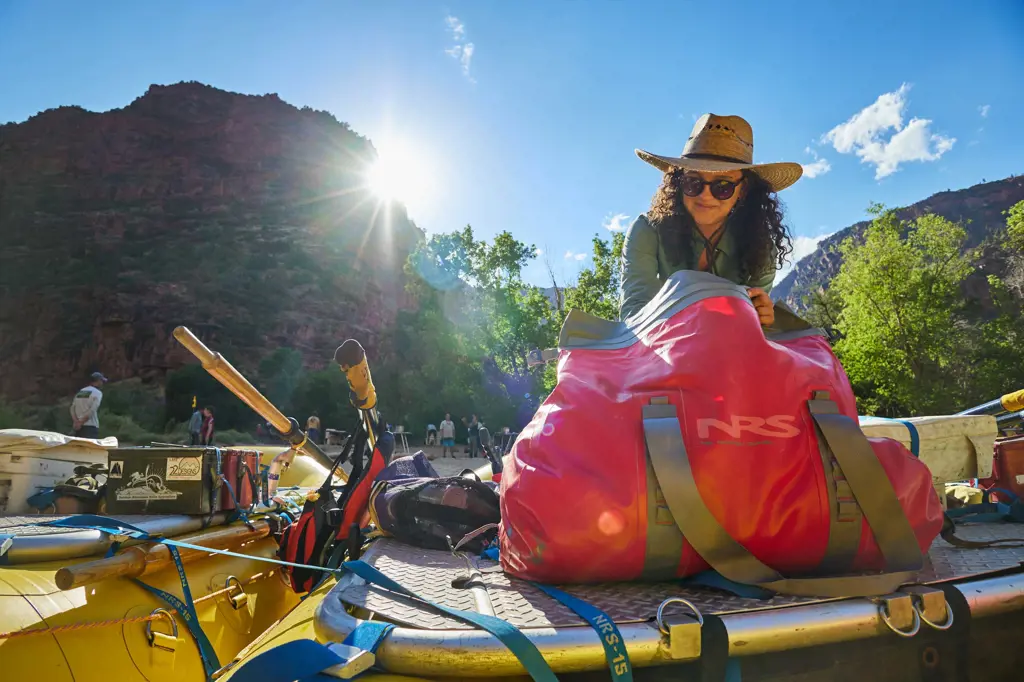
When planning a multi-day rafting trip, it is important to pack the right equipment and resources to ensure a safe and enjoyable experience. While the specific items may vary depending on the location and duration of the trip, there are some essential items that should be included in every rafting camping gear list.
- Life jacket (PFD): A personal flotation device, also known as a life jacket or PFD, is the most critical piece of equipment for any water-based adventure. It is essential to wear a properly fitting and Coast Guard-approved PFD at all times while on the water.
- Helmet: A good-quality helmet is necessary for protecting your head from any potential impact with rocks or other objects while rafting. Make sure to choose a helmet designed specifically for water sports.
- Dry bags: Since you will be spending multiple days on the water, it is imperative to keep your personal belongings dry. Invest in high-quality dry bags that are designed to withstand water submersion. These bags will keep your clothes, electronics, and other essentials safe and dry.
- Camping gear: Consider the length of your trip and pack accordingly. Essential camping gear includes a tent, sleeping bag, sleeping pad, and camp stove. Choose lightweight and compact versions of these items to maximize space in your raft.
- Clothing: Dressing appropriately for the weather conditions is crucial. Include quick-drying and moisture-wicking clothing, such as swimwear, rash guards, and synthetic fabrics. It is also important to bring warm and waterproof layers, as temperatures can drop quickly on the water.
- Safety equipment: In addition to your life jacket and helmet, it is advisable to carry a whistle, a tow rope, and a first aid kit. These items will come in handy in case of emergencies or unexpected situations.
- Water and food: Staying hydrated and nourished is essential during a multi-day rafting trip. Pack plenty of water, as well as lightweight and non-perishable food that can be easily prepared on a camp stove. It is important to keep in mind any specific dietary restrictions or allergies of the participants.
- Sun protection: Spending long hours on the water exposes you to intense sun rays. Protect yourself by wearing sunscreen with a high SPF, sunglasses with UV protection, and a wide-brimmed hat. Don't forget to reapply sunscreen regularly, especially after swimming.
- Navigation tools: Depending on the area where you will be rafting, it may be necessary to bring navigation tools such as maps, compasses, or GPS devices. Familiarize yourself with the route and ensure you have the necessary skills to navigate if needed.
- Miscellaneous items: Consider packing additional items such as a dry towel, insect repellent, a repair kit for any gear or equipment, a waterproof camera or a GoPro to capture the memories, and a trash bag to leave no trace on the environment.
Always remember to check the regulations and recommendations of the specific location where you will be rafting and camping. Additionally, it is essential to have proper training and experience in rafting and outdoor survival techniques. By packing the right equipment and resources, you can have a safe and enjoyable multi-day rafting trip.
The Ultimate Houseboat Trip Packing Guide
You may want to see also

Are there any additional items I should consider packing for a rafting trip, such as snacks or entertainment?
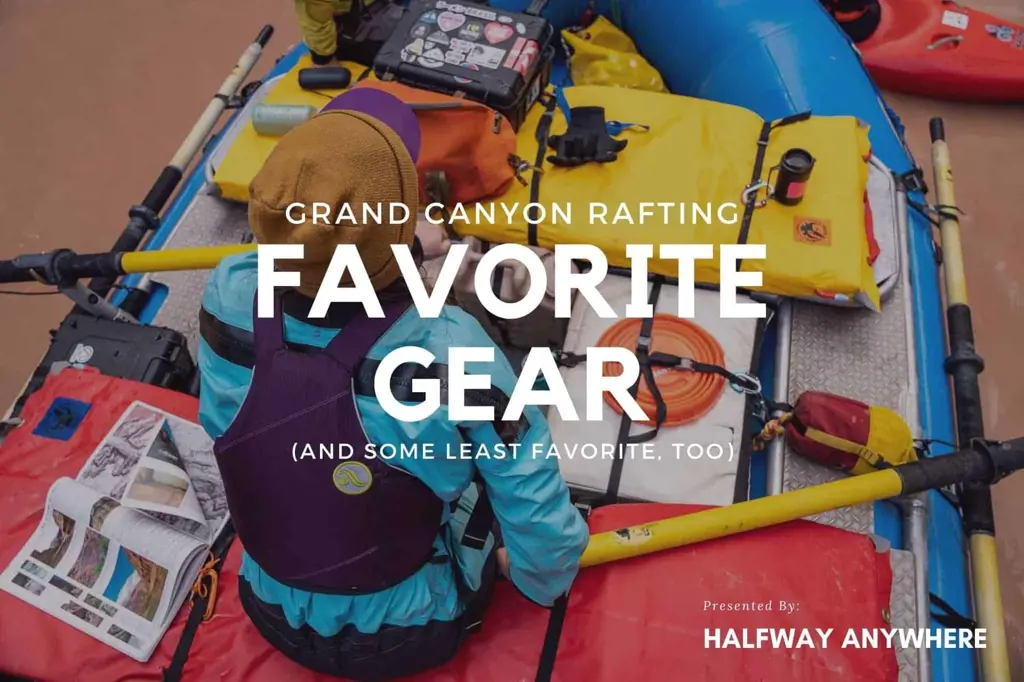
When preparing for a rafting trip, it is important to pack the essentials such as a life jacket, helmet, and appropriate clothing. However, there are also a few additional items that you should consider bringing to enhance your experience on the river. In this article, we will discuss some of these items, including snacks and entertainment options.
First and foremost, it is crucial to pack enough food and water for your rafting trip. Rafting can be physically demanding, and you will need to fuel your body with the necessary nutrients to keep your energy levels up. Opt for high-energy snacks that are easy to pack and consume on the go, such as granola bars, trail mix, and dried fruits. Additionally, pack a few sandwiches or wraps for a more substantial meal during your breaks. Be sure to stay hydrated by carrying an adequate supply of water or electrolyte drinks as well.
In terms of entertainment, there may be moments during your rafting trip when you have downtime between rapids. It can be enjoyable to have some form of entertainment to keep yourself and your fellow rafters entertained during these moments. Consider bringing a deck of waterproof playing cards or a small travel-sized board game. These options are lightweight and easy to pack, making them ideal for a river adventure.
Another form of entertainment that can enhance your rafting trip is a waterproof camera or GoPro. The river scenery and the adrenaline-filled rapids provide excellent opportunities for capturing stunning photos and videos. Just make sure to securely attach your camera to yourself or the raft, as it would be disastrous to lose it in the water.
Lastly, consider bringing a dry bag or waterproof case to protect any valuable items or electronics that you may have with you. This will ensure that your belongings remain dry and secure throughout the trip. A dry bag can also double as a flotation device in case of an emergency.
In conclusion, while packing the essentials for a rafting trip is crucial, there are also a few additional items that can enhance your experience on the river. Bringing snacks and enough water to stay fueled and hydrated is essential. It is also worthwhile to consider packing some form of entertainment such as a deck of cards or a waterproof camera to capture the moments and keep yourself entertained during downtimes. Don't forget to protect your valuable items by using a dry bag or waterproof case. By considering these additional items, you can make the most out of your rafting adventure.
The Essential Checklist for a Family Trip to Mexico: What to Pack
You may want to see also
Frequently asked questions
When packing for a rafting trip, it is important to bring a few essential items. First and foremost, you will need to pack appropriate clothing for the trip. This includes quick-drying clothes, such as swimwear or synthetic materials, as well as a hat and sunglasses for sun protection. You should also bring a waterproof jacket or rain gear, as weather conditions can change quickly on the river.
For a rafting trip, it is recommended to wear sturdy and supportive footwear that can handle wet conditions. Many people opt for water shoes or sandals with a secure strap to prevent them from coming off in the water. Alternatively, some may choose to wear old sneakers or hiking boots that they don't mind getting wet. It is important to avoid wearing flip-flops or bare feet, as they provide little protection and can easily be lost in the water.
While most rafting companies will provide the necessary equipment, such as life jackets and helmets, it is still a good idea to bring a few personal items. These may include a waterproof bag or dry bag to protect your belongings, a water bottle to stay hydrated, and possibly a small first aid kit in case of minor injuries. Additionally, you may want to bring a waterproof camera or GoPro to capture the adventure.
Safety is a top priority on a rafting trip, and there are a few items that can contribute to a safer experience. One important item to pack is sunscreen to protect your skin from the sun's harmful rays. You should also bring insect repellent to ward off mosquitoes and other bugs. It is also a good idea to pack a whistle in case of emergencies, as well as a small knife or multi-tool for general use.
In addition to the essentials, there are a few other items that you may want to consider bringing on a rafting trip. These can include snacks or energy bars to keep you fueled throughout the day, a towel or sarong for drying off after getting wet, and a change of clothes for after the trip. It is also important to pack any necessary medications, such as prescription drugs, as well as any personal hygiene items that you may need during the trip.






